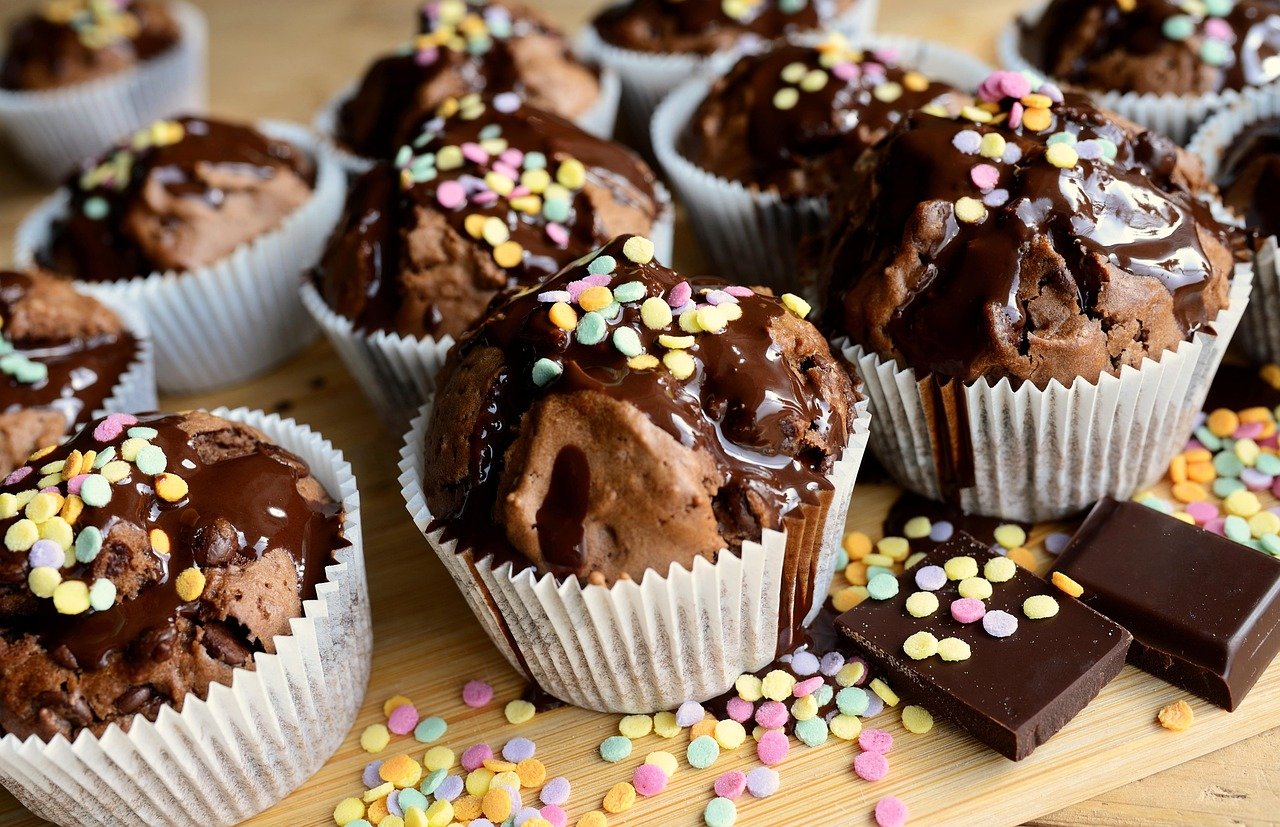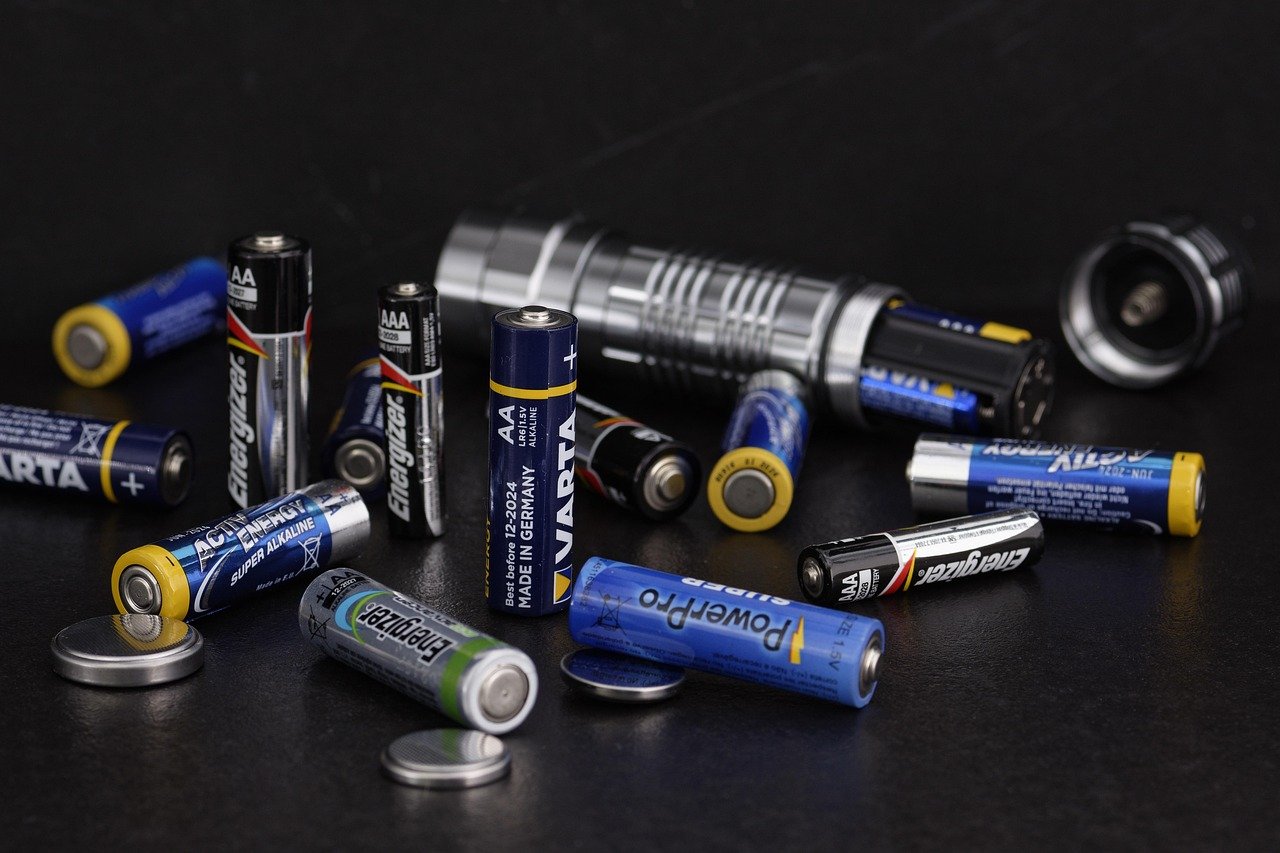Have you ever looked around your living room and wondered if it’s as safe for your furry friend as it is for you? The truth might shock you. While our homes are filled with comfort and love, they can also hide surprising dangers for our dogs—dangers that are often overlooked until it’s too late. If you’re a devoted dog lover, the thought of your pup getting hurt by something as simple as a stick of gum or a houseplant is downright heartbreaking. Let’s pull back the curtain and take a closer look at five everyday items lurking in plain sight that could be putting your dog’s health at risk. Some of these might surprise you, and a few could even be sitting within paw’s reach right now.
1. Chocolate and Sweets

Chocolate is a classic treat for humans, but it can be a silent killer for dogs. Most people know chocolate is bad for dogs, but few realize just how dangerous even a small amount can be. The culprit is theobromine, a substance found in cocoa that dogs can’t metabolize effectively. This means that even a tiny square of dark chocolate or a half-eaten cookie left on the coffee table could lead to vomiting, rapid heartbeat, seizures, or worse. The darker the chocolate, the more dangerous it is—baking chocolate and cocoa powder are the worst offenders.
But it’s not just chocolate. Many sugar-free candies, gum, and baked goods are sweetened with xylitol, which is extremely toxic to dogs. Just a small piece can cause a dangerous drop in blood sugar, leading to weakness, collapse, or even liver failure. Dogs are curious and quick, so always keep these treats far out of reach. It’s easy to forget how tempting a wrapper can be for a sniffing nose, so double-check your countertops, purses, and even jacket pockets.
2. Houseplants
A splash of green can brighten any room, but some houseplants are surprisingly toxic to dogs. It’s not just exotic, rare plants you need to worry about—even common ones like lilies, philodendrons, and aloe vera can cause trouble. If your dog chews on these leaves, they might experience drooling, vomiting, difficulty breathing, or even organ damage, depending on the plant. For example, sago palm seeds can lead to liver failure, and even a small nibble is enough to land your pup at the emergency vet.
Many pet owners don’t realize how attractive plants can be to dogs, especially puppies who love to chew on anything new. Even soil or fertilizer in the pot can pose its own risks. If you’re not sure whether your houseplant is safe, it’s best to look it up or ask your vet. Consider placing plants out of reach or swapping them for pet-friendly varieties like spider plants or Boston ferns—there’s no need to sacrifice style for safety.
3. Medications—Human and Pet
It’s astonishing how many accidental poisonings happen because of medications. Dogs can be incredibly sneaky when it comes to pill bottles, often drawn in by the rattling sound or the scent of something new. Painkillers, cold medicines, antidepressants, and even vitamins can be extremely dangerous—even deadly—in a dog’s system. Ibuprofen and acetaminophen, for example, can cause kidney failure or liver damage in a matter of hours.
Pet medications aren’t always safe, either, especially if your dog manages to chew through a bottle and gobbles up multiple doses. Some flea and tick products for cats are extremely toxic to dogs, and vice versa. Always store all medications in a secure cabinet, well out of reach of curious noses and paws. Never leave pills on counters, nightstands, or in purses where a determined dog could find them. If you ever suspect your dog has eaten a pill, call your vet or pet poison hotline right away—seconds really do count.
4. Cleaning Supplies
Brightly colored bottles under the sink might look harmless, but cleaning supplies are a major source of household poisonings for pets. Bleach, ammonia, toilet bowl cleaners, and even some floor wipes contain chemicals that can burn a dog’s mouth, cause severe stomach upset, or damage their lungs if inhaled. Dogs are notorious for licking up spills or chewing on bottles, so it’s vital to keep these products locked away.
Even so-called “natural” cleaners can sometimes contain essential oils or fragrances that are unsafe for dogs. After mopping or spraying, curious pups may walk across wet floors and then lick their paws, accidentally ingesting these chemicals. Always clean up spills immediately and rinse surfaces well before letting your dog back into the area. It helps to use pet-safe cleaning products when possible and to be extra vigilant during spring cleaning or home improvement projects.
5. Electrical Cords and Batteries

It’s easy to overlook electrical cords and batteries, but both can spell disaster for curious canines, especially puppies and younger dogs who love to chew. Biting into a cord can cause electrical shock, burns, or even heart failure. Sometimes, dogs chew through cords when left alone too long or when they’re anxious or bored—making this a risk in many households, even those with well-behaved pets.
Batteries, from remote controls or children’s toys, pose their own threat if swallowed. The chemicals inside can burn your dog’s mouth and digestive tract, causing severe pain or even life-threatening injuries. Button batteries are especially dangerous because they can get stuck in the throat or stomach. To keep your dog safe, try to tuck cords behind furniture, use cord covers, and store all batteries high up or in closed drawers. Regularly check your home for chewed or exposed wires and replace them right away.
Your home may feel like a safe haven, but some everyday items can pose hidden risks to your dog’s health and well-being. From toxic foods to certain cleaning products and even seemingly harmless decor, these common household items can cause stress, illness, or injury without you realizing it. By becoming more aware of these dangers and making small, proactive changes, you can create a safer, more comfortable space for your furry friend. After all, keeping your dog healthy doesn’t require drastic measures—just a little extra mindfulness and a lot of love.
Jen is a passionate nature lover and ocean conservationist. She has dedicated her life to protecting the environment and preserving the beauty of the natural world. Growing up in a small coastal town, Jen sincerely appreciated the ocean and its inhabitants. She has spent countless hours exploring the shoreline, learning about the creatures that inhabit the waters, and advocating for their protection. Jen is an active member of ocean conservation organizations, and she is committed to educating the public about the importance of conserving wildlife and the natural environment.





